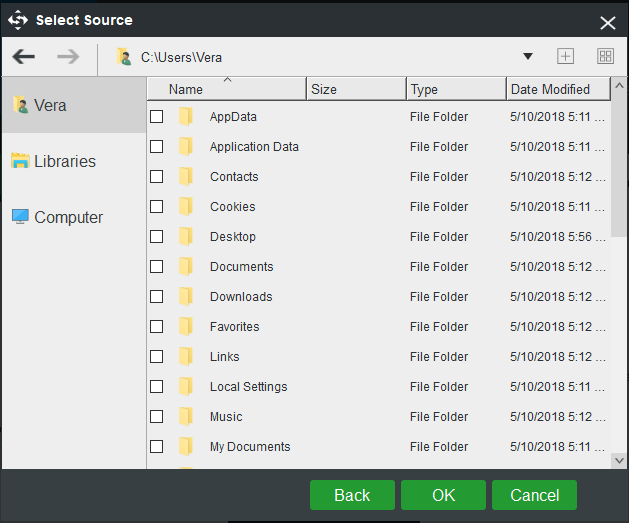Have you
ever encountered some unexpected failure like computer breakdown, blue screen
or black screen etc in Windows 7/8/8.1/10? If you still not encounter this
computer failure, you may think I make a fuss about windows 7 backup software. You can even create a full system image, which is
handy when you want to restore your computer to exactly the way it
was at a certain point in time.
It’s now possible to make complete system backups (images)
and you can schedule backups to run automatically. In the event of an
unfortunate, when the hard drive fails to function, a System Image allows
restoration.
This means that even if you make changes to a document or any
other type of file, you can always revert in time and rollback to any of its
earlier versions. To
protect the security of our operating system and data, making a system image
backup is very important. If you make one backup ahead of time, you will be
very calm and can restore your system or personal files to your computer.
You can
still manually create a windows 7 image backup, and you can perform a system backup to a
network share, but you can’t schedule this to be run. You can add
any folders you want to a library, of course, but it won't back up your entire
computer the way Windows 7 File Recovery does.
Actually,
DISM tool is built in Windows 10/8 but it is not available in Windows 7.
Microsoft offers a downloadable System Update Readiness Tool instead in Windows
7 and earlier system. Relatively speaking, to fix all kinds of backup
issues is troublesome and annoying. Therefore, we suggest using the reliable and free backup software -
ShadowMaker to back up files, system, partition, and disk with ease.
That’s why the second type of backup (Recovery drive) is also
very important. It is a good tool that is very useful in restoring
lost files or folders. If you have any questions or problems with it, don't
hesitate to ask using the comments form below. But as it turns out there
is a workaround, you can install a fresh copy of Windows 8.1 in a new hard
drive, and then you can perform a refresh.

No comments:
Post a Comment